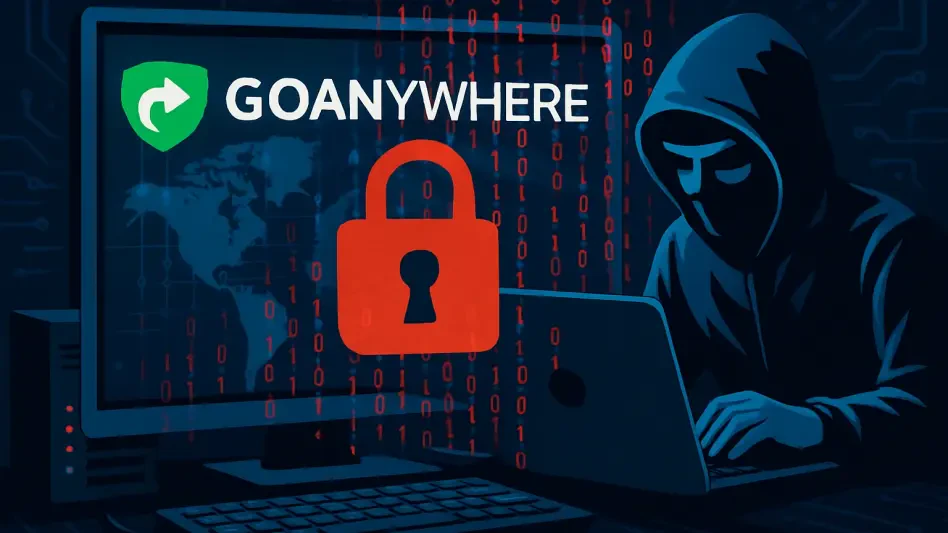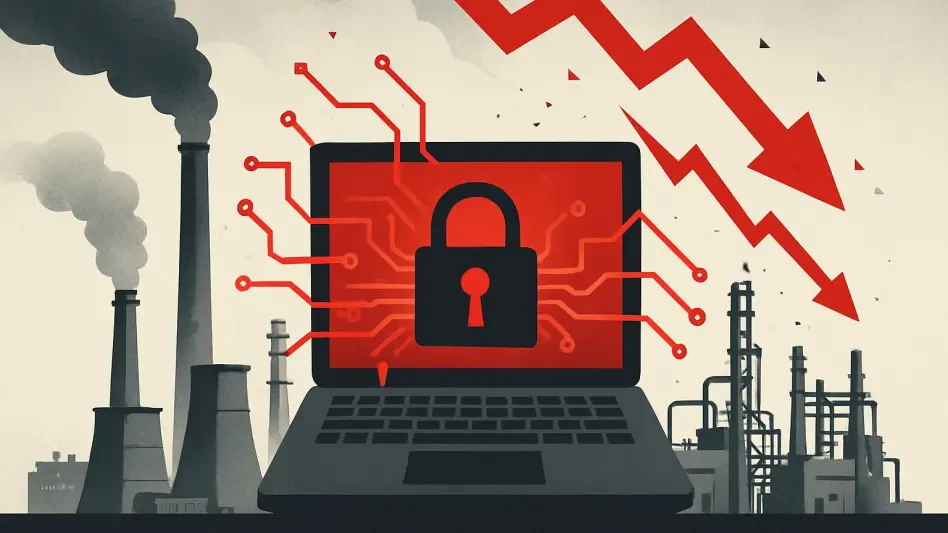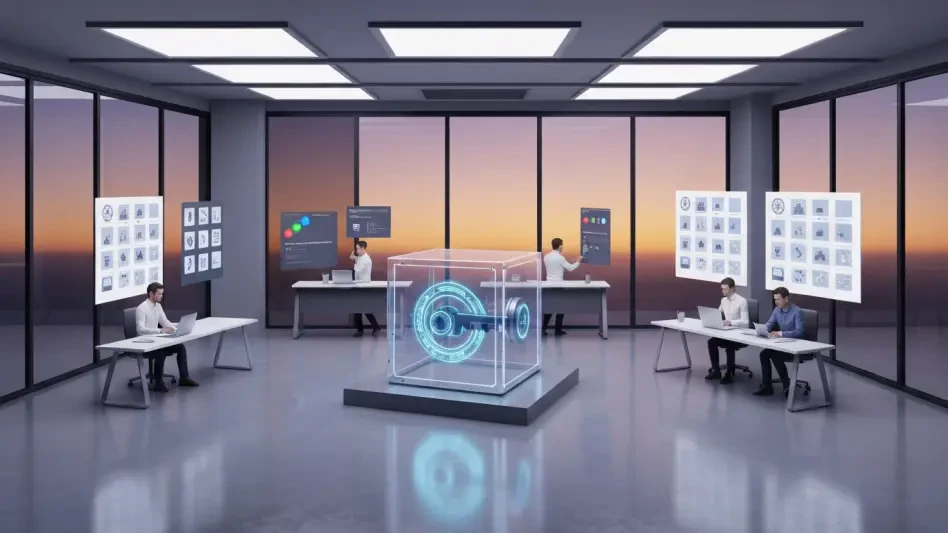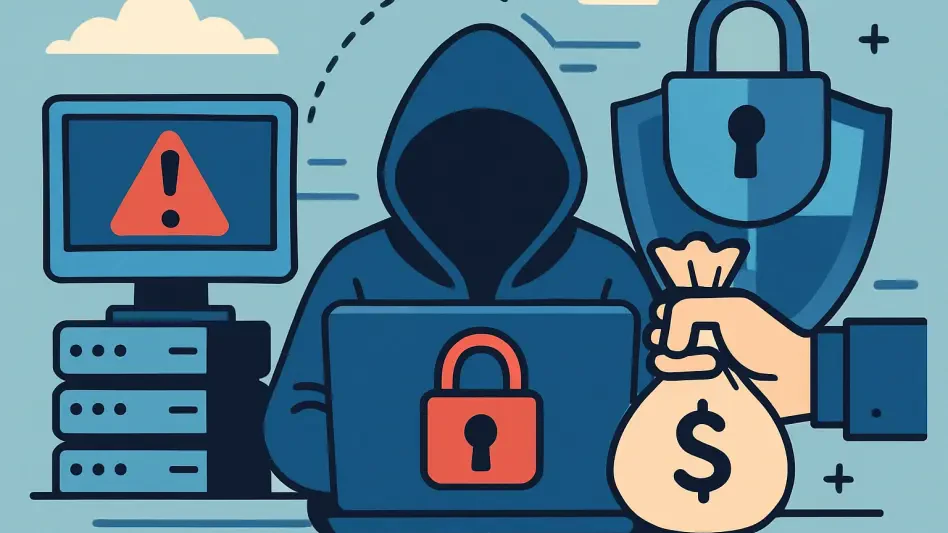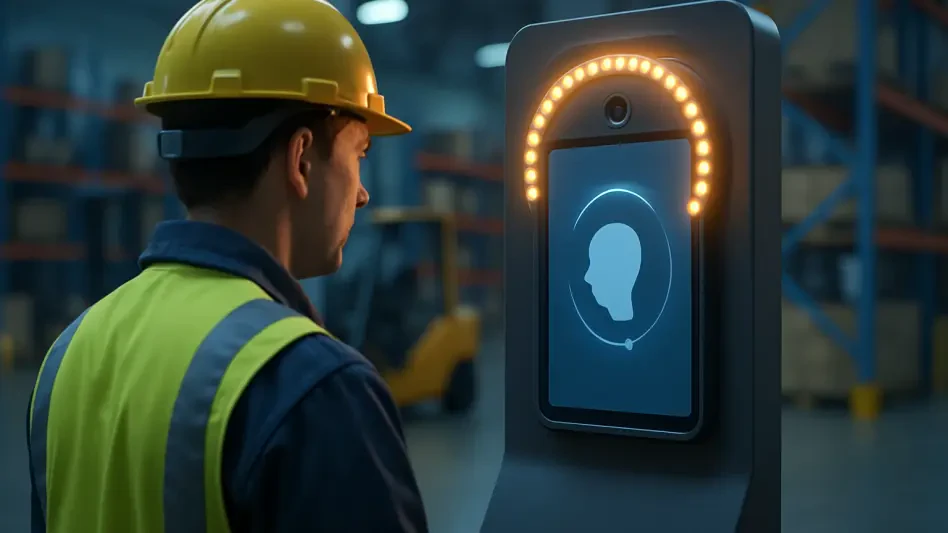Imagine a digital gateway, trusted by organizations worldwide for secure file transfers, suddenly becoming a backdoor for sophisticated cybercriminals, and this is the harsh reality facing users of Fortra’s GoAnywhere Managed File Transfer (MFT) software. A China-based threat group, identified as Storm-1175, has exploited a critical deserialization flaw to infiltrate systems and deploy ransomware. This roundup gathers insights, warnings, and actionable advice from various cybersecurity sources to unpack the severity of this breach, compare it to past incidents, and arm organizations with the knowledge needed to protect their data from such stealthy attacks.
Diverse Perspectives on the GoAnywhere MFT Vulnerability
Uncovering the Scale and Speed of the Attack
Reports from multiple cybersecurity entities reveal that Storm-1175 began exploiting the flaw, tracked as CVE-2025-10035, as early as September 11, well before Fortra issued a patch on September 18. This pre-patch window allowed attackers at least eight days of unrestricted access to vulnerable systems, a timeline that has alarmed many in the industry. Observations from monitoring groups indicate that over 500 GoAnywhere MFT instances remain exposed online, painting a concerning picture of potential targets still at risk.
Industry analysts emphasize the rapid pace at which threat actors capitalized on this vulnerability, outpacing the response time of many organizations. The consensus is that this incident highlights a critical gap in patch management, with some suggesting that the speed of exploitation reflects a well-prepared and coordinated campaign. Others point out that the relatively small number of exposed instances, compared to past breaches, should not breed complacency, as even a single unpatched system can lead to devastating consequences.
Parallels to a Historic Breach
Drawing comparisons to the infamous 2023 MOVEit attack, several cybersecurity voices note eerie similarities in how zero-day flaws in file transfer software become entry points for ransomware deployment. Both incidents showcase attackers leveraging vulnerabilities for initial access, followed by data theft and malware distribution. However, opinions differ on the scale of impact, with some arguing that the smaller exposure of GoAnywhere systems limits the potential fallout compared to MOVEit’s staggering 60,000 exposed instances.
Another viewpoint stresses that the nature of the flaw—allowing remote code execution—poses a severe threat regardless of the number of affected systems. Experts in the field caution that the simplicity of exploiting this vulnerability could inspire a broader range of threat actors to attempt similar attacks. This diversity in analysis underlines a shared concern: file transfer platforms remain a prime target, and historical patterns of exploitation must inform current defenses.
Why File Transfer Software Stays in the Crosshairs
A Magnet for Cybercriminal Activity
Across the cybersecurity community, there is strong agreement that MFT platforms like GoAnywhere are irresistible to attackers due to their critical role in secure data exchange. Sources highlight that a breach in such systems can disrupt operations and yield sensitive information, creating a perfect storm for ransomware campaigns. This perspective is reinforced by the recurring trend of threat actors targeting these tools, exploiting the trust organizations place in them for business continuity.
Differing opinions emerge on why vulnerabilities in these platforms persist globally. Some attribute it to slow patch adoption and inadequate monitoring, while others point to the inherent complexity of securing software that must balance accessibility with protection. Regardless of the root cause, the collective insight is clear: as long as file transfer tools remain central to organizational workflows, they will attract sophisticated adversaries seeking to exploit any weakness.
The Sophistication of Storm-1175’s Approach
Insights into Storm-1175’s tactics reveal a calculated and multi-layered strategy, from initial reconnaissance to persistent access and lateral movement within compromised networks. Various analyses describe the group’s ability to deploy additional tools and malware as a hallmark of advanced threat actors, capable of adapting to defensive measures. This level of planning has led to discussions about the need for organizations to rethink how they secure such critical software beyond basic updates.
Some cybersecurity professionals speculate that groups like Storm-1175 may have been targeting unpatched systems for an extended period, possibly longer than initially detected. Others warn that as security measures tighten, attackers could evolve their methods, finding new ways to exploit similar flaws. This range of thought underscores a broader call for a shift in mindset, urging companies to adopt proactive rather than reactive approaches to safeguarding their digital assets.
Actionable Tips from Cybersecurity Experts
Immediate Steps to Mitigate Risk
A compilation of recommendations from industry leaders focuses on urgent actions to counter this threat. Patching GoAnywhere MFT systems immediately tops the list, with many stressing that delays in applying updates can be catastrophic given the pre-patch exploitation window. Additionally, verifying license mechanisms and monitoring environments for unusual activity are cited as essential steps to detect and block unauthorized access.
Further advice includes updating credentials across affected systems to prevent lingering access by attackers. Several sources advocate for comprehensive security audits to identify potential weaknesses before they are exploited. These practical measures, while straightforward, are seen as vital in reducing the risk of ransomware and data theft in the wake of this incident.
Building Long-Term Resilience
Beyond immediate fixes, there is a shared emphasis on fostering long-term resilience against such cyber threats. Regular training for IT teams on emerging vulnerabilities and attack patterns is frequently mentioned as a cornerstone of defense. Some also suggest investing in advanced threat detection tools to catch subtle signs of compromise early, particularly in systems handling sensitive data transfers.
Another recurring tip is the importance of establishing robust incident response plans tailored to MFT platforms. This includes simulating breach scenarios to test organizational readiness and ensure swift containment of any intrusion. The variety of these insights reflects a unified goal: equipping organizations with the tools and knowledge to stay ahead of increasingly sophisticated cybercriminals.
Reflecting on a Persistent Cybersecurity Challenge
Looking back, the exploitation of the GoAnywhere MFT flaw by Storm-1175 served as a stark reminder of the vulnerabilities lurking in essential file transfer software. The insights gathered from diverse cybersecurity sources painted a comprehensive picture of a threat that demanded immediate action, echoing lessons from past breaches like MOVEit. The discussions around the speed of exploitation, the targeting of critical platforms, and the advanced tactics of attackers highlighted a landscape where complacency was not an option.
Moving forward, organizations were encouraged to prioritize not only patching and monitoring but also to explore innovative security solutions that address the unique risks of MFT systems. Adopting a culture of continuous improvement in cybersecurity practices emerged as a key takeaway, ensuring that defenses evolve alongside the tactics of threat actors. For those seeking deeper understanding, delving into resources on ransomware trends and file transfer security offered a pathway to bolster preparedness against future challenges.

